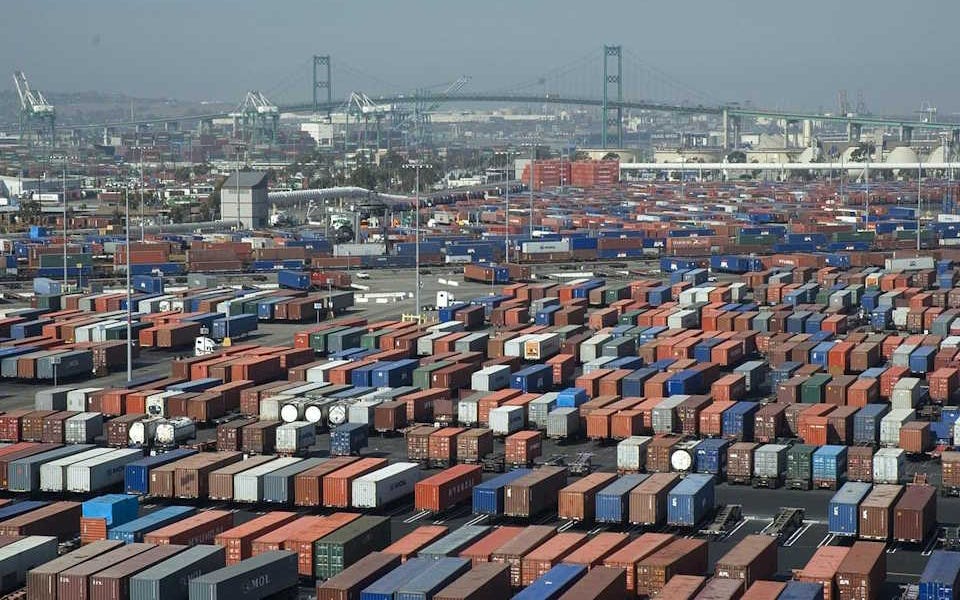
Why targeted tariffs are more effective than broad tariffs
Trump is about to be back in the White House, so tariffs are back on the menu. Actually they never left — Biden slapped huge tariffs on a variety of Chinese products, including electric vehicles, chips, and other stuff. But Trump is contemplating tariffs that are far broader in scope — a 60% tariff on all Chinese-made products, and a 20% tariff on all imports from anywhere.
There’s a fundamental difference between targeted tariffs like Biden’s and blanket tariffs like Trump’s. I’m not sure whether Trump’s trade people, including Robert Lighthizer, are aware this difference or not, but it’s important. Like the fact that imports don’t subtract from GDP, it’s something that people who debate trade policy often seem not to understand. But that’s why you have me, your friendly neighborhood econ blogger, to explain it!
One goal of tariffs is to reduce U.S. dependence on China — or on the outside world in general — in a specific set of critical industries. For example, if China makes all the batteries, they can just decide to cut you off whenever they want to — as China just did to America’s top drone manufacturer, Skydio. Drones are a key weapon of modern war — perhaps the key weapon. And many drones are battery-powered. So if the U.S. imports all its batteries from China, it sort of puts the U.S. at China’s mercy. Thus, we might want to use tariffs to make sure that China doesn’t make all our batteries.























